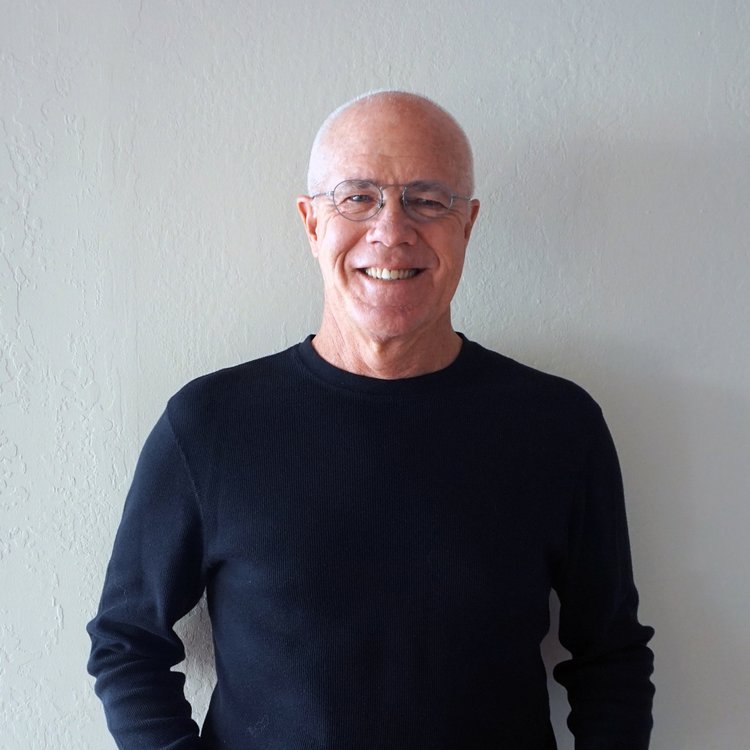First Hit: I loved the story and the concept behind the story, but at times, the movie languished with its 133-minute running time.
Civil rights, the rights of all people, are a continuing subject in our country. This is shameful, shocking, and sadly mind-numbing to me. As Ann Atwater (Taraji P. Henson) said in the film, “when any of us get cut, we all bleed the same red blood.” Or, at another time she says, “same God made you, made me.” This is the whole point of the film.
Atwater is an activist in her community of Durham, North Carolina. She fights city hall to help the causes of black people in her community. She’s brave and outspoken.
At the beginning of the film, she’s fighting for the rights of people who are renting from a landlord that wants to raise rents or kick people out of his buildings because they are black and want him fix the problems in his units. Some of the issues are no hot water, toilets that don’t work, and electrical issues which mean his renters are struggling to survive in their homes. She’s fighting the slumlord and the whole white part of town that seems to support him to fix the issues in the the homes.
When the black only school burns down, the black community wants her to take the lead to fix the problem of educating their children, and she’s up for it. She and the black community want the children of that school, including her daughter, to go to a white only school – in other words – she wants, what the US government says she’s entitled to, school integration.
To fight against this move, the white city council asks their local KKK President and Exalted Cyclops, C.P. Ellis (Sam Rockwell), to lead the charge against the integration.
The film spends time with both characters learning more about who they are and what they believe. We learn that Atwater clearly has a belief of what is right and she fights for what she thinks. She does this with angry outbursts, persistence, and fortitude. She also has a soft tender side which the film shows as well.
Ellis is shown leading his KKK Chapter at meetings and at the gun target practice range promising to uphold the charter of the KKK. He is married to Mary (Anne Heche) and has four children. One of the boys lives in a psychiatric hospital because of, what appears to be, autism. C.P.’s scenes of tenderness towards this son are lovely, and it shows that he does have a heart. Mary, however, does not hold C.P.’s racial views, but they somehow are able to make their marriage work, and I think it is because she knows the deeper C.P.
As the battle of whether the black children will attend the white schools grows, the city of Durham decides to bring in Bill Riddick (Babou Ceesay) to lead a two-week charrette mediation program to appease the court-ordered school desegregation decree and to come up with a community answer about school integration.
Much of the film and at times, too much, is spent wading through the two weeks of the charrette in a high-level glossy way. Occasionally there is pointed discussion between Riddick, Ellis, and Atwater and we can see how they are slowly beginning to listen to each other.
The worst aspect of the community is when the film shows radicals from the KKK attempting to influence the outcome of the vote through intimidation.
Of course, this film wouldn’t have been made if the vote wasn’t favorable for integration, and the suspense is good enough to wait for. But the part that sickened me was the back stories of how the city council led by Carvie Oldham (Bruce McGill) believe that bending the rules and breaking the law, it is for the betterment of the whole.
Besides the beautiful gas station scene at the end of the film, it was such a nice touch to have short clips of the real Atwater, Riddick, and Ellis during the credits – make sure you see this part.
Henson was excellent as Atwater. She clearly provided the kind of intent and sense needed for the role. Some of her looks at Ellis were slightly overdone, but nothing that came across detrimental to the part. Rockwell is making a name for himself as being the guy on the wrong side of right and easing his character to the right side of freedom. As in Three Billboards Outside Ebbing. Missouri,” he faces and is the opposition to a tough woman but ends up becoming friends with them. Ceesay is terrific as the mediator for the charette. McGill was perfectly southern and arrogant to the plight of anyone but himself. Heche has a small but powerful role in this film as Ellis’ wife. Her clarity of purpose and her visit with Atwater was perfect. Robin Bissell wrote and directed this film. The best part was making this story come alive, but it felt long, and some judicious snipping would have helped.
Overall: The lesson is still alive today, we need to stop seeing people as different, we are one.
